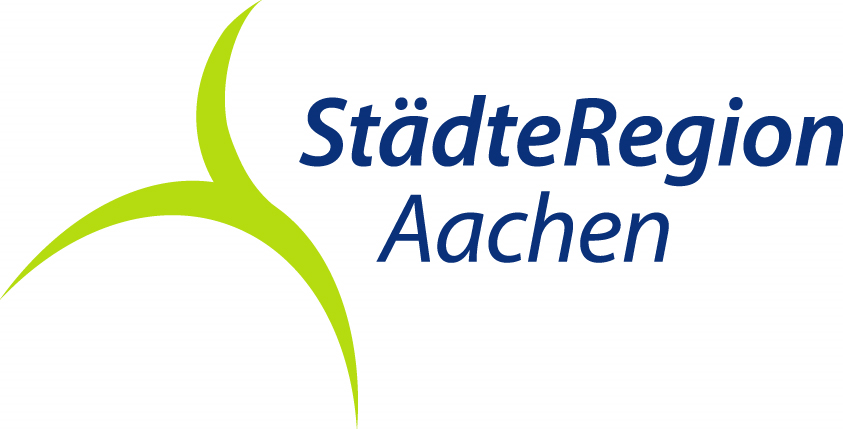Feierabendrunde Herzogenrath - Rolduc
This tour tells of borders that were once none and are now gradually becoming blurred. It starts with Rode Castle, once a lucrative customs station in the independent Land of Rode, which also included Kerkrade. Until the separation in 1815, it was united as a territory under various lordships for over 800 years. Traders had to pay tolls to use the supra-regional trade route, which ran along the Kleikstraße. Herzogenrath was accordingly secured with a castle, walls and town gates. Kleikstraße is also home to historic houses from the Bockreiter period in the 18th century, when gangs of robbers terrorized the entire region with raids in times of devastating poverty and famine. A stone's throw across the border, separated only by a small wood, lies the Romanesque Rolduc Abbey, the largest preserved monastery complex in the Netherlands. The former lord of Rode Castle, Count Adalbert von Saffenberg, who once donated the land for the foundation of the monastery, rests in the middle of the beautiful crypt. An after-work monastery beer in the cozy inner courtyard is reminiscent of times in the 18th century when the abbey operated high-tech mines on both sides of today's border with around 400 employees, who were allowed 2.6 liters of monastery beer a day. The Eurode Business Center, with buildings in two countries, and the Aachener Straße/Nieuwstraat, with its vis-à-vis German and Dutch neighbors, stand as modern godparents for the common roots and visions of the region.


















